
漢德百科全書 | 汉德百科全书
 Iran
Iran

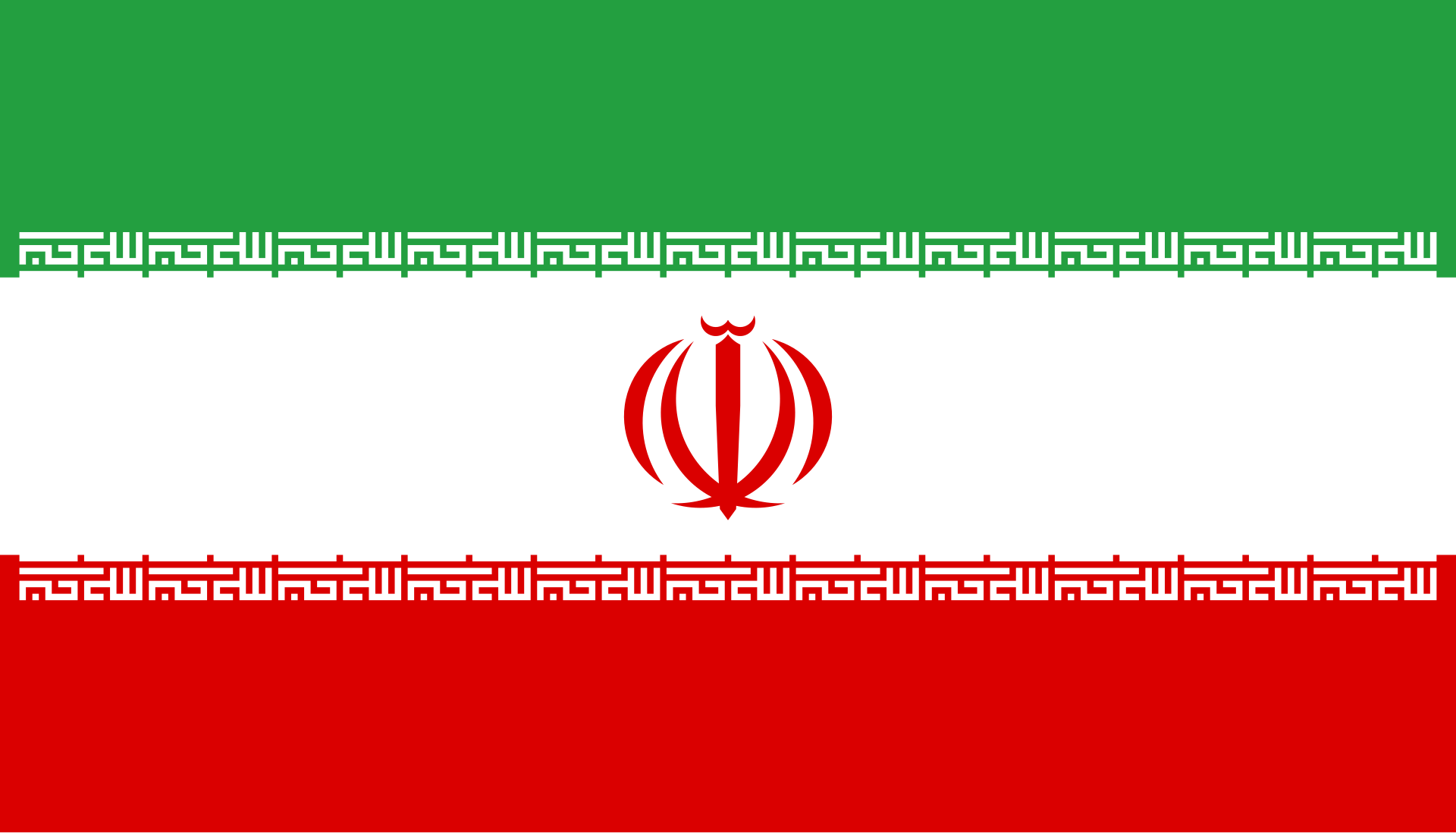

Iran, auch: der Iran (mit Artikel),[6] persisch ايران, DMG Īrān, [ʔiːˈɾɒːn], Vollform: Islamische Republik Iran, vor 1935 auf internationaler Ebene (exonym) auch Persien, ist ein Staat in Vorderasien. Mit rund 83 Millionen Einwohnern (Stand 2019)[7] und einer Fläche von 1.648.195 Quadratkilometern zählt Iran zu den 20 bevölkerungsreichsten und größten Staaten der Erde. Hauptstadt, größte Stadt und wirtschaftlich-kulturelles Zentrum Irans ist Teheran, weitere Millionenstädte sind Maschhad, Isfahan, Täbris, Karadsch, Schiras, Ahvaz und Ghom. Der Iran bezeichnet sich selbst seit der Islamischen Revolution 1979 als Islamische Republik.
Iran besteht großteils aus hohem Gebirge und trockenen, wüstenhaften Becken. Seine Lage zwischen dem Kaspischen Meer und der Straße von Hormus am Persischen Golf macht ihn zu einem Gebiet von hoher geostrategischer Bedeutung mit langer, bis in die Antike zurückreichender Geschichte.
Nachdem sich zwischen 3200 und 2800 v. Chr. das Reich Elam gebildet hatte, vereinigten die iranischen Meder das Gebiet um 625 v. Chr. erstmals zu einem Staat, der die kulturelle und politische Führerschaft in der Region übernahm. Die von Kyros begründete Dynastie der Achämeniden regierte von Südiran aus das bis dato größte Reich der Geschichte. Es wurde im Jahre 330 v. Chr. durch die Truppen Alexanders des Großen zerstört. Nach Alexander teilten seine Nachfolger (Diadochen) das Reich unter sich auf, bis sie im iranischen Bereich um die Mitte des 3. Jahrhunderts v. Chr. durch die Parther abgelöst wurden. Auf diese folgte ab etwa 224 n. Chr. das Reich der Sassaniden, das bis zum 7. Jahrhundert neben dem Byzantinischen Reich zu den mächtigsten Staaten der Welt zählte. Nach dem Übergreifen der islamischen Expansion auf Persien, in deren Verlauf der Zoroastrismus durch den Islam ersetzt wurde, wurden persische Gelehrte zu Trägern des Goldenen Zeitalters, bis der Mongolensturm im 13. Jahrhundert das Land in seiner Entwicklung weit zurückwarf.
Die Safawiden einigten das Land und machten 1501 das zwölferschiitische Bekenntnis zur Staatsreligion. Unter der 1794 gegründeten Kadscharen-Dynastie schrumpfte der Einfluss Persiens; Russland und Großbritannien zwangen die Perser zu territorialen und wirtschaftlichen Konzessionen. 1906 kam es zur konstitutionellen Revolution, in deren Ergebnis Persien sein erstes Parlament und eine Verfassung erhielt, in der Gewaltenteilung vorgesehen war. Als Staatsform erhielt es die konstitutionelle Monarchie. Die beiden Monarchen der Pahlavi-Dynastie betrieben eine Politik der Modernisierung und Säkularisierung, parallel dazu wurde das Land im Ersten Weltkrieg durch russische, britische und türkische Truppen und im Zweiten Weltkrieg durch britische und sowjetische Truppen besetzt. Danach kam es wiederholt zu ausländischer Einflussnahme wie der Gründung einer Autonomen Republik Aserbaidschan mit sowjetischer Hilfe oder einem von der CIA organisierten Staatsstreich im Jahr 1953. Die Unterdrückung der liberalen, kommunistischen und islamischen Opposition führte zu vielseitigen Spannungen, die in der Revolution von 1979 und dem Sturz des Schahs kulminierten.
Seitdem ist Iran eine theokratische Republik, die von schiitischen Geistlichen geführt wird, an deren Spitze der Religionsführer die Macht auf sich konzentriert. Kontrolliert wird er nur vom Expertenrat. Regelmäßige Wahlen werden abgehalten, aber aufgrund der umfassenden Einhegung durch die Machthaber, von Manipulationsvorwürfen und der unbedeutenden Stellung des Parlamentes sowie des Präsidenten als undemokratisch kritisiert. Der iranische Staat kontrolliert nahezu jeden Aspekt des täglichen Lebens in Hinblick auf religiöse und ideologische Konformität und durchdringt so das Leben aller Bürger und beschneidet die Freiheit des Einzelnen. Es gibt im Iran keine umfassende Presse- oder Meinungsfreiheit. Seit der Islamischen Revolution haben sich die guten Beziehungen zu westlichen Staaten in eine offene Feindschaft gewandelt, die vor allem bezüglich der ehemals befreundeten USA und Israel auch fest in der Staatsideologie verankert ist. Der Iran ist außenpolitisch weitgehend isoliert, gleichzeitig eine Regionalmacht im Nahen Osten.
Neben ethnischen Persern leben im Iran zahlreiche andere Völker, die ihre eigene sprachliche und kulturelle Identität besitzen. Die Amtssprache ist Persisch. Die größten ethnischen Gruppen nach den Persern sind Aserbaidschaner, Kurden und Luren. Die Völker des Iran verfügen über lange Traditionen in Kunsthandwerk, Architektur, Musik, Kalligraphie und Poesie; im Land befinden sich zahlreiche Stätten des UNESCO-Welterbes.
伊朗伊斯兰共和国(波斯语:جمهوری اسلامی ایران,Jomhuriye Eslâmiye Irân,[dʒomhuːˌɾije eslɒːˌmije ʔiːˈɾɒn]),通称伊朗(波斯语:ایران,Irān,[ʔiːˈɾɒːn] (![]() 发音) ),1501年之前很长一段历史时间被外界称波斯[注 2],位于西亚,为中东国家,其中北部紧靠里海、南濒波斯湾和阿拉伯海。伊朗东邻巴基斯坦和阿富汗,东北部与土库曼斯坦接壤,西北与阿塞拜疆和亚美尼亚,以及国际上属阿塞拜疆的纳希切万自治共和国为邻,西接土耳其和伊拉克(库尔德斯坦)。国土面积为1,648,195平方公里,国土主要位于伊朗高原上,气候较为干燥。人口8320万人,为多民族国家,其主体民族为波斯人,约占总人口的52%,其余有阿塞拜疆人、库尔德人、阿拉伯人等。官方语言为波斯语。伊斯兰教什叶派的十二伊玛目宗(信众超过全国人口的90%)为伊朗国教,宪法承认的其余教派有伊斯兰教逊尼派、祆教、犹太教、基督宗教等。首都为德黑兰。
发音) ),1501年之前很长一段历史时间被外界称波斯[注 2],位于西亚,为中东国家,其中北部紧靠里海、南濒波斯湾和阿拉伯海。伊朗东邻巴基斯坦和阿富汗,东北部与土库曼斯坦接壤,西北与阿塞拜疆和亚美尼亚,以及国际上属阿塞拜疆的纳希切万自治共和国为邻,西接土耳其和伊拉克(库尔德斯坦)。国土面积为1,648,195平方公里,国土主要位于伊朗高原上,气候较为干燥。人口8320万人,为多民族国家,其主体民族为波斯人,约占总人口的52%,其余有阿塞拜疆人、库尔德人、阿拉伯人等。官方语言为波斯语。伊斯兰教什叶派的十二伊玛目宗(信众超过全国人口的90%)为伊朗国教,宪法承认的其余教派有伊斯兰教逊尼派、祆教、犹太教、基督宗教等。首都为德黑兰。
伊朗古称波斯,在公元前28世纪建立的古埃兰王国和之后建立的米底王国是伊朗高原文明的发源地。到公元前550年,由居鲁士大帝建立了大一统的古代大帝国波斯帝国。公元7世纪中叶,波斯的萨珊王朝被阿拉伯征服,包括伊朗高原的中东地区开始伊斯兰化,而曾占统治地位的祆教则日渐式微。近代,波斯逐渐沦为英国和俄国的半殖民地。1925年,巴列维王朝建立。二战后,国王穆罕默德-礼萨·巴列维逐渐摆脱英、苏两国对伊朗的控制,奉行亲美政策,国家经济建设获得较大发展,在中东地区获得了较大的影响力。1979年初,鲁霍拉·穆萨维·霍梅尼领导的伊斯兰革命爆发,王朝政权被推翻,成立伊朗伊斯兰共和国,同年底发生美国驻伊使馆人质事件,伊朗转为反美的先锋,与以美国为首的西方国家交恶。
伊朗伊斯兰共和国实行政教合一的政治体制,伊斯兰教在国家的政治生活中担任非常重要的角色,最高领袖是国家的最高领导人和武装力量最高统帅,由伊斯兰教神职人员组成的专家会议选举产生,霍梅尼为首任最高领袖,现任最高领袖为赛义德阿里·侯赛尼·哈梅内伊。伊朗政府实行总统内阁制,总统是继最高领袖之后的国家第二号领导人,既是国家元首,又是政府首脑,但不是军事统帅,由全民普选产生,现任总统为哈桑·鲁哈尼,第一副总统为艾沙格·贾汉基里。伊朗最高立法机构为伊斯兰议会,实行一院制,现任议长为阿里·拉里贾尼。伊朗司法总监是伊朗的司法最高首脑,由最高领袖任命,最高法院院长和总检察长则由司法总监任命,现任司法总监为萨迪格·拉里贾尼。
伊朗是亚洲和中东主要经济体之一,经济实力较强,2012年国内生产总值为5485.9亿美元,居世界第21位,人均国内生产总值7207美元,居世界第76位(国际货币基金组织数据)。石油产业是伊朗的支柱,伊朗是世界第四大石油生产国、石油输出国组织第二大石油输出国。伊朗的货币名称为里亚尔,主要的贸易伙伴有中国、印度、阿拉伯联合酋长国、土耳其等。伊朗奉行独立、不结盟的对外政策,同时是联合国、不结盟运动、伊斯兰会议组织、石油输出国组织的创始会员国。
イラン・イスラム共和国(イラン・イスラムきょうわこく、ペルシア語:جمهوری اسلامی ایران)、通称イランは、アジア・中東に位置するイスラム共和制国家。北西にアルメニアとアゼルバイジャン、北にカスピ海、北東にトルクメニスタン、東にアフガニスタンとパキスタン、南にペルシア湾とオマーン湾、西にトルコ、イラク(クルディスタン)と境を接する。また、ペルシア湾を挟んでクウェート、サウジアラビア、バーレーン、カタール、アラブ首長国連邦に面する。ペルシア、ペルシャともいう。
前6世紀のアケメネス朝時代から繁栄し、ササン朝時代にはゾロアスター教が国教だったが、642年にアラブ人に滅ぼされ、イスラム教が広まった。16世紀初めに成立したサファビー朝がシーア派十二イマーム派を国教とし、イラン人の国民意識を形成した。18世紀のカージャール朝を経て、1925年からパフラヴィー朝になったが、1979年のルーホッラー・ホメイニー師によるイラン革命により王政は廃され、宗教上の最高指導者が国の最高権力を持つイスラム共和制が樹立された[4]。
政治体制は、1979年に制定されたイラン・イスラーム共和国憲法によって規定されており、国の元首である最高指導者の地位は、宗教法学者に賦与され、自由は「イスラムの原則に反しない限り」でしか認められない[5]。憲法では三権分立が規定され、立法権は一院制の国民議会、行政権は大統領にあるが、大統領の地位は最高指導者に劣る。イラン革命とシーア派に忠実であることが資格として要求される[5]。ヒューマン・ライツ・ウォッチは政府が抗議者に対して恣意的な逮捕を行い、治安当局や諜報当局による深刻な虐待が行われていることを報告している[6]。エコノミスト誌傘下の研究所エコノミスト・インテリジェンス・ユニットによる民主主義指数は、世界151位と後順位で「独裁政治体制」に分類されている(2019年度)[7]。国境なき記者団による世界報道自由度ランキングも173位と後順位で最も深刻な国の一つに分類されている(2020年度)[8]。
外交面ではパフラヴィー朝時代にはアメリカ合衆国の強い影響下にあったが、革命によりアメリカとの関係が悪化、特にアメリカ大使館人質事件以降、公然たる敵対関係に入った。アメリカからはテロ支援国家に指定されている[5]。 他方でイラン革命指導者は反共主義者が多いため、ソビエト連邦とも友好的ではなく、革命後の外交は排外主義的な非同盟中立路線を基本とする[5]。近年は核兵器開発を行っている疑惑から経済制裁を受けている。2015年にオバマ政権下のアメリカと核合意を締結して制裁解除を取り付けたが、トランプ政権が破棄し制裁が再開されたため、段階的に核合意履行停止を進めている[9]。
経済面ではパフラヴィー朝時代にアメリカからの経済援助を元手に経済各分野の近代化を進め、高度経済成長を成し遂げた。イラン革命の混乱とイラン・イラク戦争で経済は停滞したが、その後立て直しが図られた[5]。世界有数の石油の産出地であり、それが国の主要財源である[4]。しかし近年は長引くアメリカの制裁と新型コロナウイルスのパンデミックにより経済状態が深刻化している[10]。
軍事面では王政時代からの伝統を持つ正規軍と別に、革命後に創設された革命防衛隊という最高指導者直轄の親衛隊的軍事組織が存在するのが特徴である[11][12]。革命防衛隊はイラン国外の対外工作にも深くかかわり[13]、アメリカのトランプ政権から「テロ組織」に指定された[14]。男性に2年の兵役を課す徴兵制を採用しており[15]、兵力は61万人ほどである(2020年時)[16]。
2017年の国勢調査によると人口は約8千万人で、世界で17位であった。多くの民族と言語が存在する多文化国家であり、主要な民族の構成はペルシア人(61%)、アゼルバイジャン人(35%)、クルド人(10%)、ロル族(6%)である。宗教は99%がイスラム教徒でその大部分(89%)がシーア派である。トルクメン人、バルーチ人、クルド人など10%がスンニ派を信仰している。極めて少数派としてユダヤ教、キリスト教、ゾロアスター教、バハーイー教の教徒もいるが、バハーイー教は非合法にされている[5]。言語はペルシア語が公用語で大半を占めているが、他にクルド語やアゼルバイジャン語などがある[4]。
地理としては、総面積は1,648,195 平方キロメートル(km2)で、中東で2番目に大きく、世界では17位である。北部を東西にアルボルズ山脈が、北西部から南東部にザーグロス山脈が走り、その間にイラン高原が広がる。国土のほとんどがイラン高原上にある[5]。同国はユーラシアの中心に位置し、ホルムズ海峡に面するため、地政学的に重要な場所にある。首都であるテヘランは同国の最も大きな都市であり、経済と文化の中心地でもある。イランには文化的な遺産が多く存在し、ユネスコの世界遺産には22個登録されている。これはアジアでは3番目、世界では11番目に多い。
Iran (Persian: ایران Irān [ʔiːˈɾɒːn] (![]() listen)), also called Persia,[11] and officially the Islamic Republic of Iran,[a] is a country in Western Asia. It is bordered to the northwest by Armenia and Azerbaijan,[b] to the north by the Caspian Sea, to the northeast by Turkmenistan, to the east by Afghanistan, to the southeast by Pakistan, to the south by the Persian Gulf and the Gulf of Oman, and to the west by Turkey and Iraq. Iran covers an area of 1,648,195 km2 (636,372 sq mi), with a population of 83 million. It is the second-largest country in the Middle East, and its capital and largest city is Tehran.
listen)), also called Persia,[11] and officially the Islamic Republic of Iran,[a] is a country in Western Asia. It is bordered to the northwest by Armenia and Azerbaijan,[b] to the north by the Caspian Sea, to the northeast by Turkmenistan, to the east by Afghanistan, to the southeast by Pakistan, to the south by the Persian Gulf and the Gulf of Oman, and to the west by Turkey and Iraq. Iran covers an area of 1,648,195 km2 (636,372 sq mi), with a population of 83 million. It is the second-largest country in the Middle East, and its capital and largest city is Tehran.
Iran is home to one of the world's oldest civilizations,[12][13] beginning with the formation of the Elamite kingdoms in the fourth millennium BC. It was first unified by the Iranian Medes in the seventh century BC,[14] and reached its territorial height in the sixth century BC, when Cyrus the Great founded the Achaemenid Empire, which became one of the largest empires in history and the world's first superpower.[15] The empire fell to Alexander the Great in the fourth century BC and was divided into several Hellenistic states. An Iranian rebellion established the Parthian Empire in the third century BC, which was succeeded in the third century AD by the Sasanian Empire, a major world power for the next four centuries.[16][17] Arab Muslims conquered the empire in the seventh century AD, which led to the Islamization of Iran. It subsequently becoming a major center of Islamic culture and learning, with its art, literature, philosophy, and architecture spreading across the Muslim world and beyond during the Islamic Golden Age. Over the next two centuries, a series of native Muslim dynasties emerged before the Seljuq Turks and the Mongols conquered the region. In the 15th century, the native Safavids re-established a unified Iranian state and national identity[4] and converted the country to Shia Islam.[5][18] Under the reign of Nader Shah in the 18th century, Iran once again became a major world power,[19][page needed] though by the 19th century a series of conflicts with Russia led to significant territorial losses.[20][21] The early 20th century saw the Persian Constitutional Revolution. Efforts to nationalize its fossil fuel supply from Western companies led to an Anglo-American coup in 1953, which resulted in greater autocratic rule under Mohammad Reza Pahlavi and growing Western political influence.[22] He went on to launch a far-reaching series of reforms in 1963.[23] After the Iranian Revolution, the current Islamic Republic was established in 1979[24] by Ruhollah Khomeini, who became the country's first Supreme Leader.
The Government of Iran is an Islamic theocracy which includes elements of a presidential democracy, with the ultimate authority vested in an autocratic "Supreme Leader",[25] a position held by Ali Khamenei since Khomeini's death in 1989. The Iranian government is widely considered to be authoritarian, and has attracted widespread criticism for its significant constraints and abuses against human rights and civil liberties,[26][27][28][29] including several violent suppressions of mass protests, unfair elections, and limited rights for women and children.
Iran is a regional and middle power, with a geopolitically strategic location in the Asian continent.[30] It is a founding member of the United Nations, the ECO, the OIC, and the OPEC. It has large reserves of fossil fuels—including the world's second-largest natural gas supply and the fourth-largest proven oil reserves.[31] The country's rich cultural legacy is reflected in part by its 22 UNESCO World Heritage Sites.[32] Historically a multinational state, Iran remains a pluralistic society comprising numerous ethnic, linguistic, and religious groups, the largest being Persians, Azeris, Kurds, Mazandaranis and Lurs.[3]
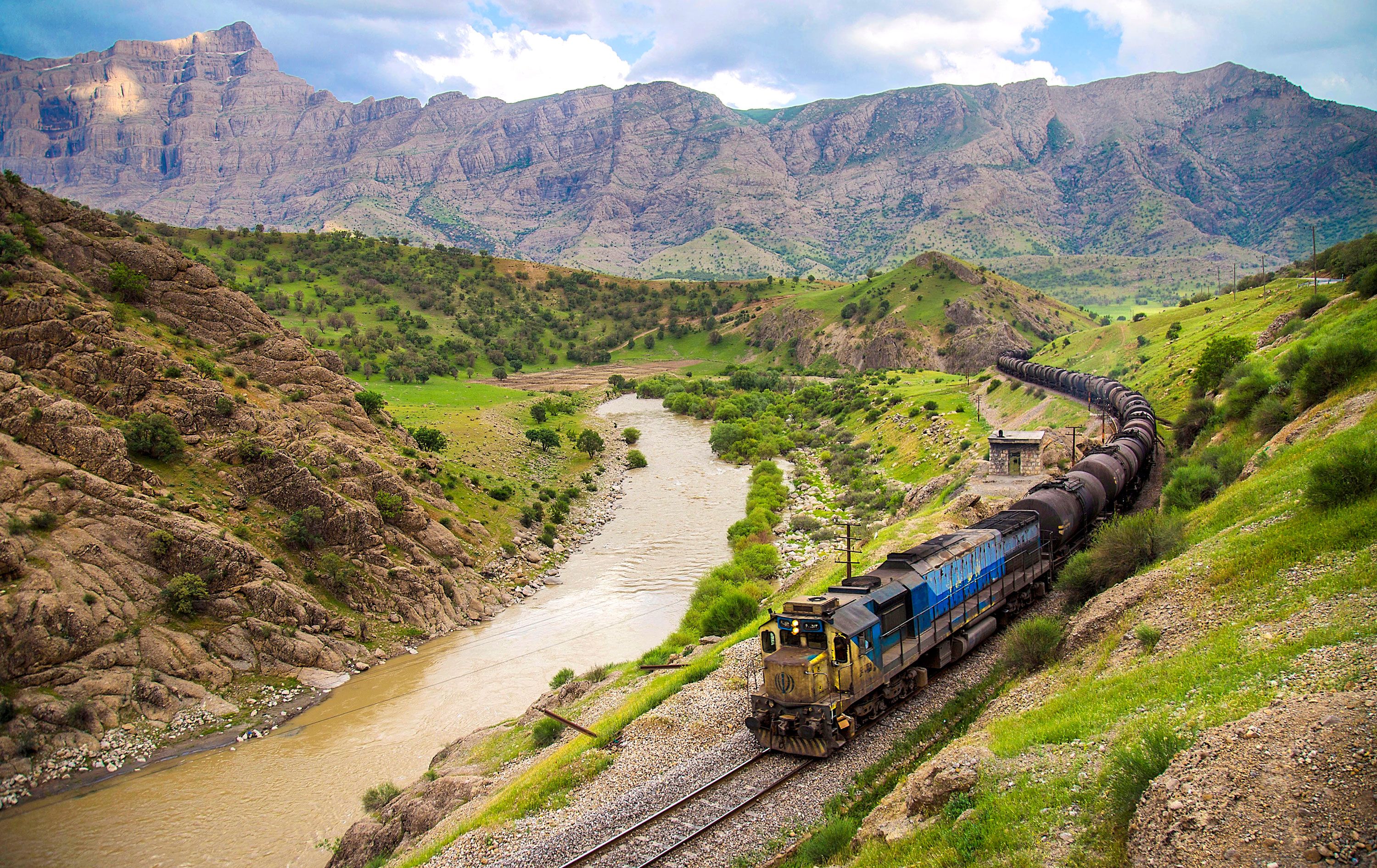
Die Transiranische Eisenbahn wurde zwischen 1927 und 1938 gebaut. Sie verbindet die Hauptstadt Teheran mit dem Persischen Golf im Süden des Landes und dem Kaspischen Meer im Norden. Die Strecke ist die Keimzelle der Iranischen Eisenbahn. Seit 2021 ist sie als Weltkulturerbe anerkannt.
伊朗纵贯铁路(波斯语:راهآهن سراسری ایران)是巴列维王朝于1927年开始的一项大型铁路建设项目,在当时伊朗君主礼萨汗的主持下于1938年完工。它完全由本土资本建造。该铁路起自波斯湾的沙赫普尔港(今名霍梅尼港),途径阿瓦士、库姆、德黑兰,直到里海畔的托尔卡曼港。[1]
1961年,在礼萨汗的儿子穆罕默德-礼萨·巴列维的领导下,铁路延伸到戈尔甘。[2]在1963年的土地改革期间,作为白色革命的一部分,铁路再次延伸,它将德黑兰与马什哈德、大不里士和伊斯法罕连接起来。[3]
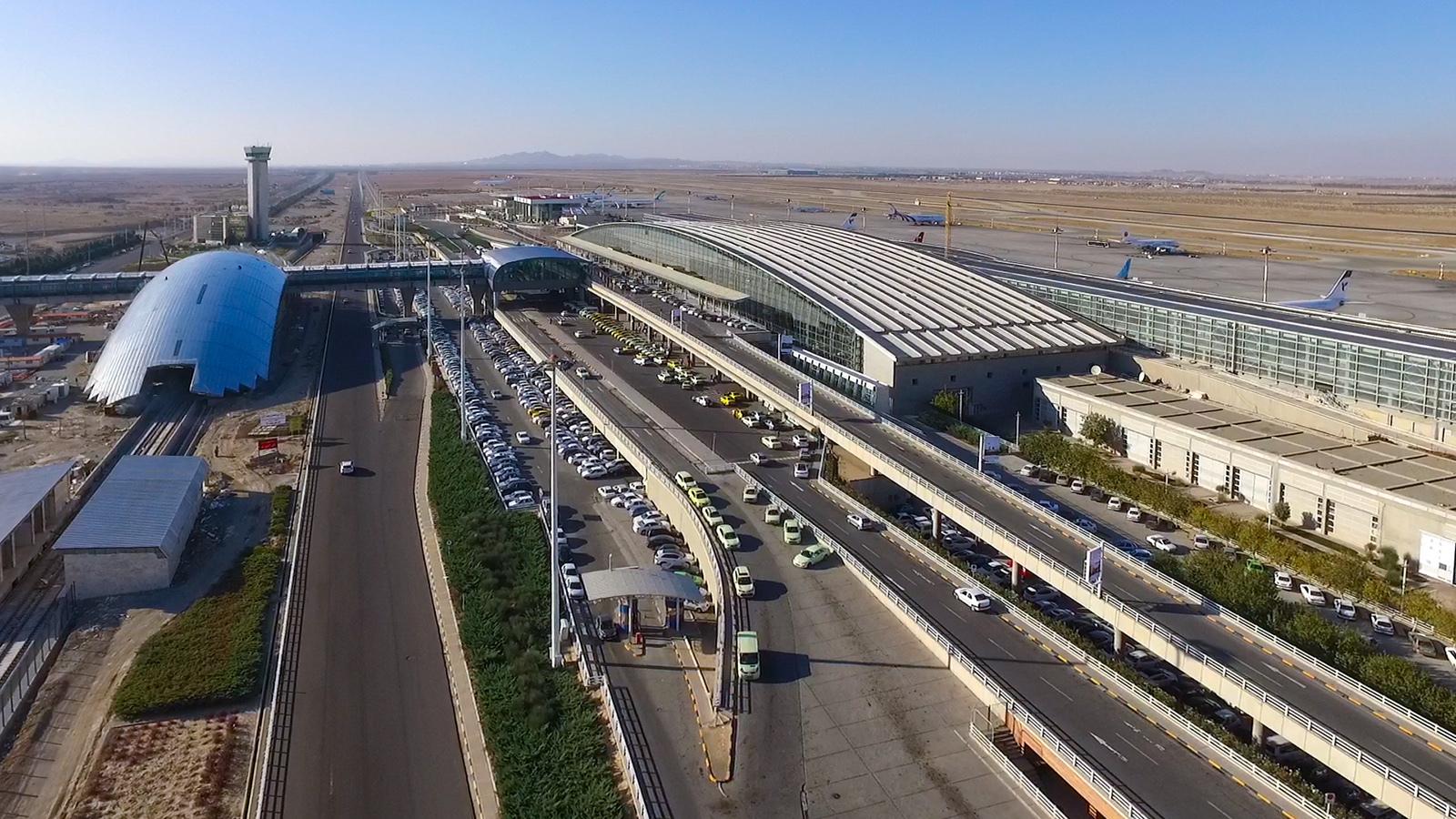
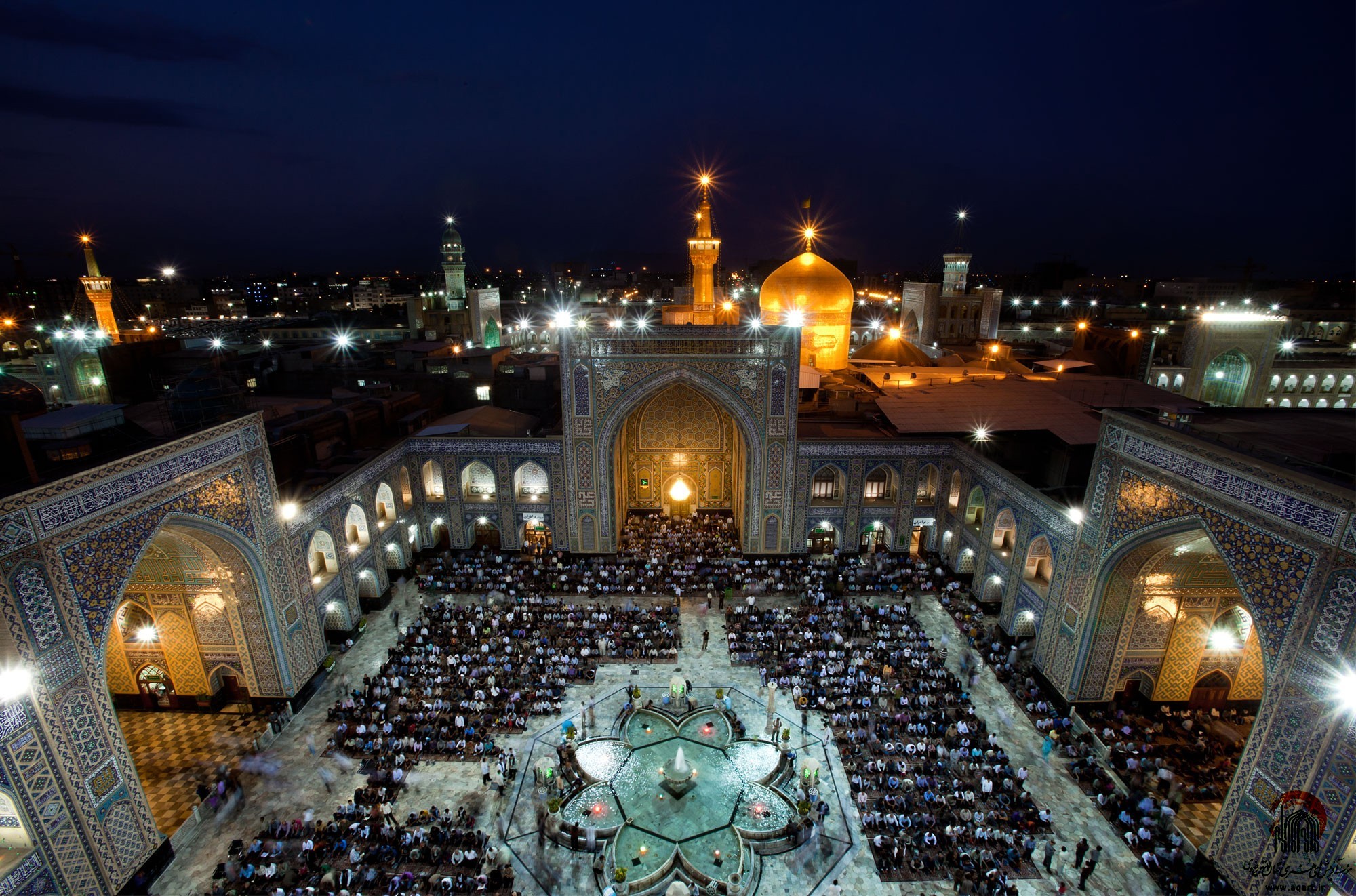
Der Imām-Reza-Schrein (persisch حرم امام رضا, DMG Ḥaram-i Imām Reżā) in Maschhad (Iran) ist ein Gebäudekomplex, der das Mausoleum von Imām ar-Riḍā (persisch امام رضا, DMG Imām Reżā) enthält, dem achten Imam der Zwölferschiiten. Es beherbergt des Weiteren die Goharschad-Moschee, ein Museum, eine Bibliothek, vier Seminare,[1] einen Friedhof, die Razavi-Universität für islamische Wissenschaften, einen Speisesaal für Pilger, große Gebetshallen sowie weitere Gebäude.
Dieser Komplex bildet das Zentrum des Tourismus im Iran und wird jährlich von 15 bis 20 Millionen Pilgern besucht.[2] Der Schrein selbst umfasst eine Fläche 267.079 m²; die sieben Innenhöfe, die den Schrein umgeben, haben zusätzlich eine Fläche von 331.578 m² – insgesamt also 598.657 m².
伊玛目里达圣陵(阿拉伯语:حرم الإمام الرضا),伊朗称之为伊玛目礼萨圣陵(波斯语:حرم امام رضا,同时也是清真寺),位于今伊朗的马什哈德,是一座宏伟的建筑群,伊斯兰教什叶派主流派别十二伊玛目派尊奉的第八任伊玛目阿里·里达(伊朗称阿里·礼萨)即安葬于此。它是全世界占地面积最大的清真寺,而可容纳礼拜的人数则居世界第二。建筑群中除了有伊玛目礼萨的陵寝外,还包括:戈哈尔沙德清真寺、一座博物馆、一座图书馆、四座神学院、一座公墓、礼萨伊斯兰科技大学、一座朝圣者餐厅、若干巨大的礼拜大厅和其他建筑。[1]
这座圣陵建筑群是伊朗的旅游中心。[2][3]建筑本身占地267,079m2,而建筑周围的七座庭院占地331,578m2,总占地面积为598,657 m2(6,443,890 sq ft)。
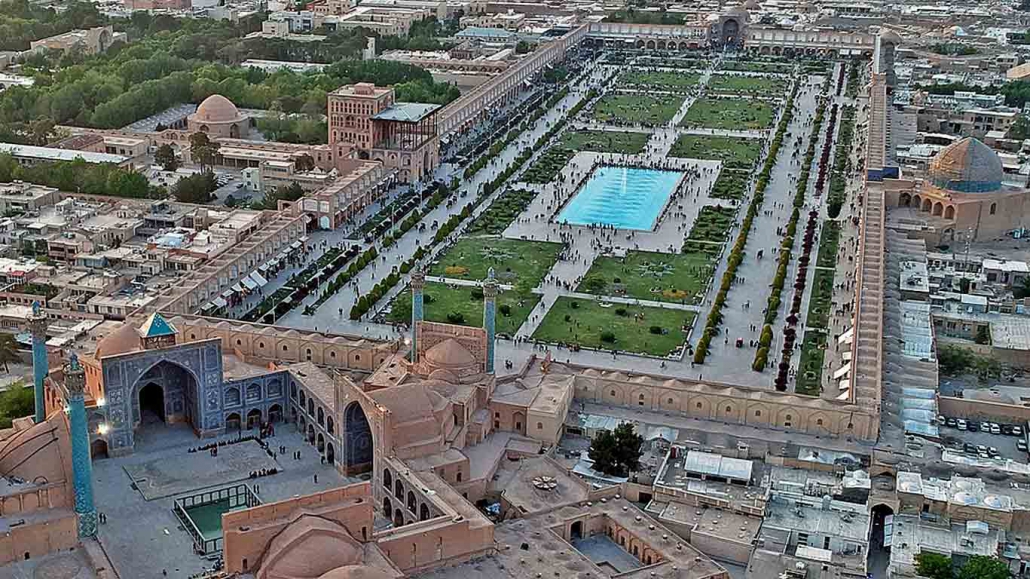
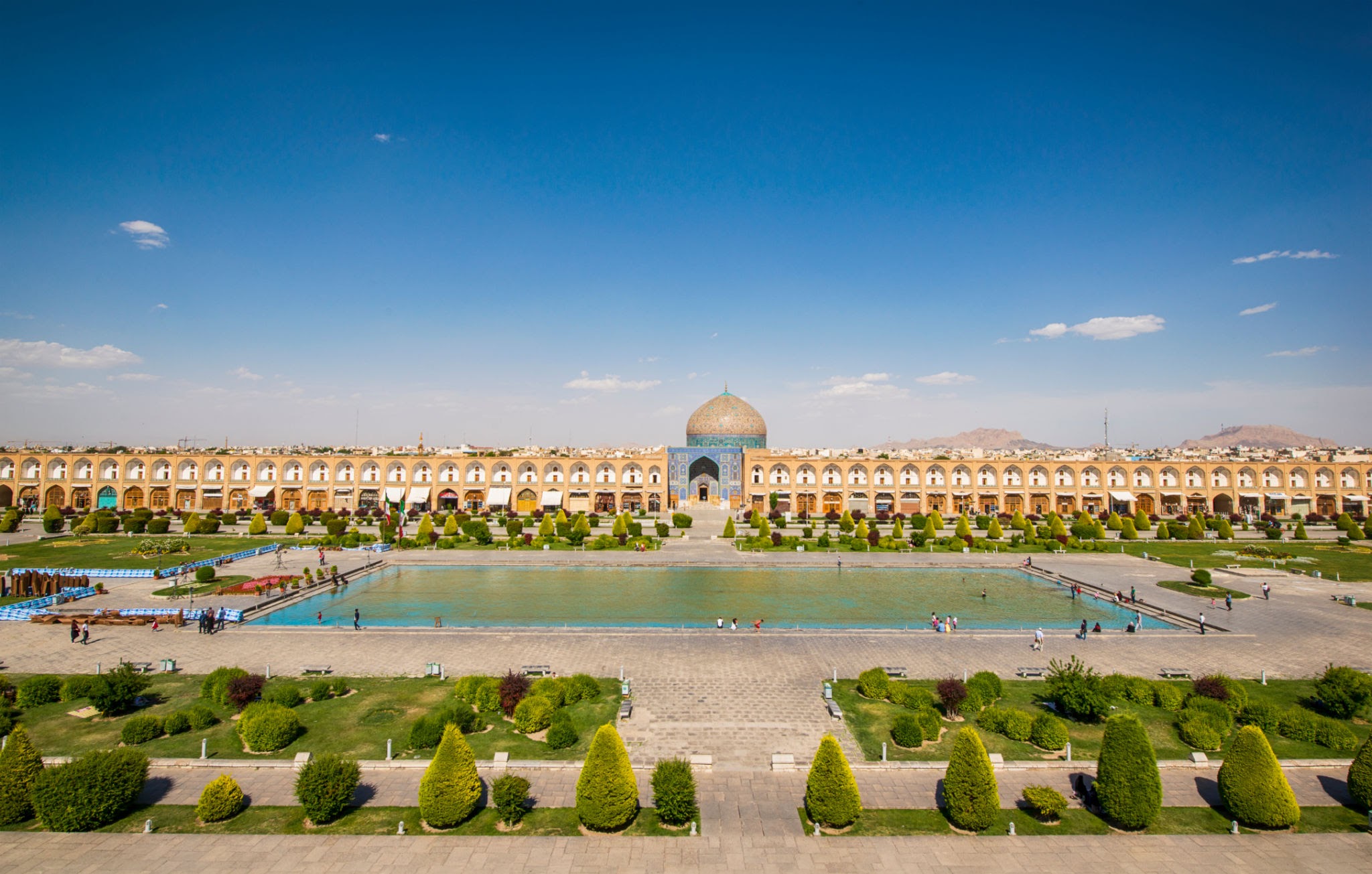
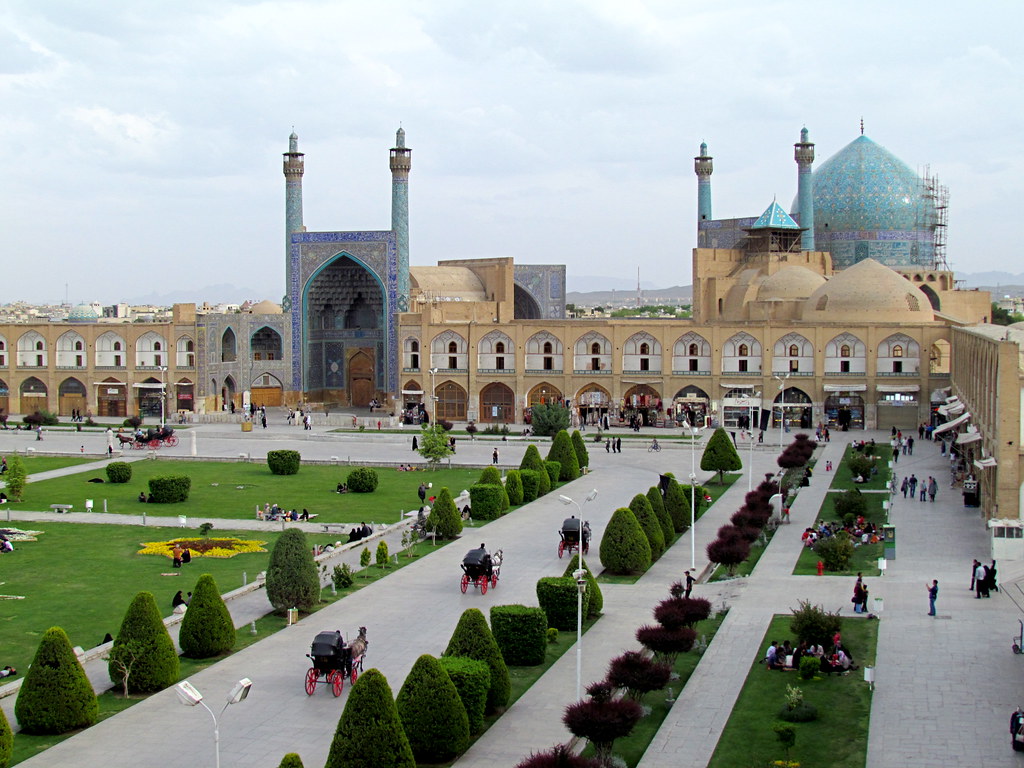

 AFC Champions League 2016
AFC Champions League 2016
 AFC Champions League 2017
AFC Champions League 2017
 Group C
Group C
 AFC Champions League 2017
AFC Champions League 2017
 Westasien
Westasien
 AFC Champions League 2018
AFC Champions League 2018
 Group B
Group B
 AFC Champions League 2018
AFC Champions League 2018
 Westasien
Westasien
 Iran
Iran
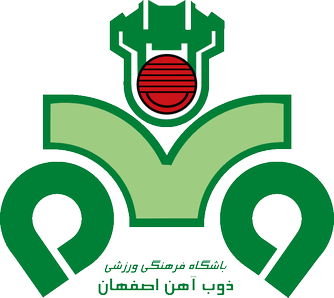
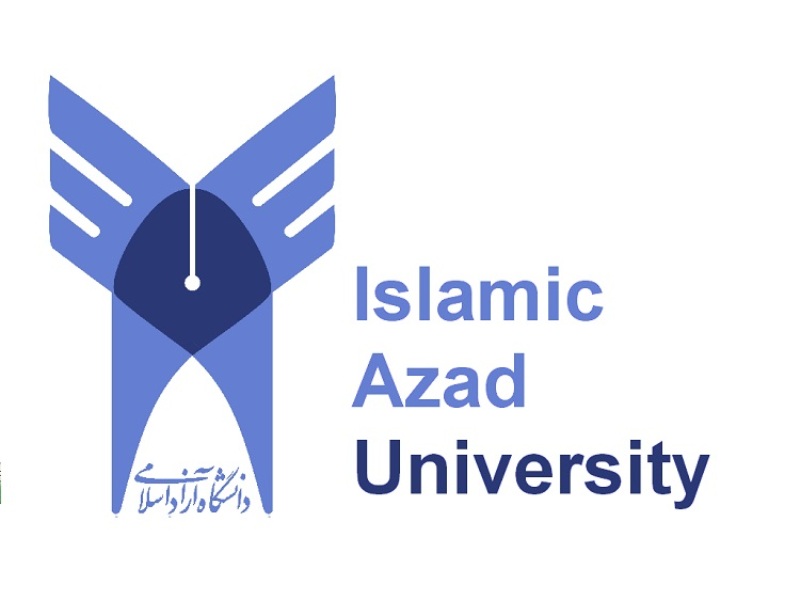
 Transport and traffic
Transport and traffic
 Financial
Financial
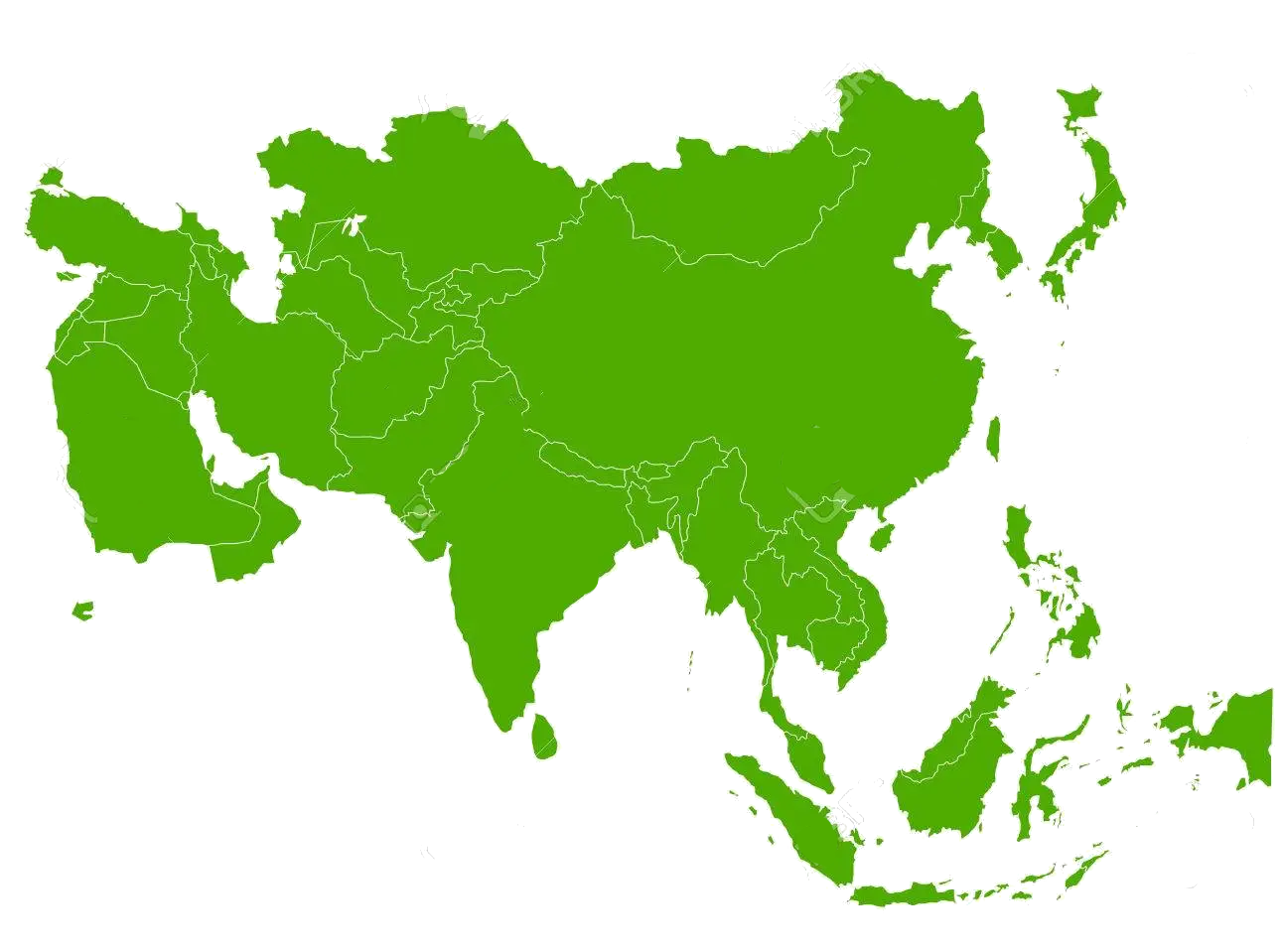 States of Asia
States of Asia
 Geography
Geography
 Party and government
Party and government
 World Heritage
World Heritage
 Architecture
Architecture
 History
History
 Religion
Religion
 International cities
International cities
 Sport
Sport